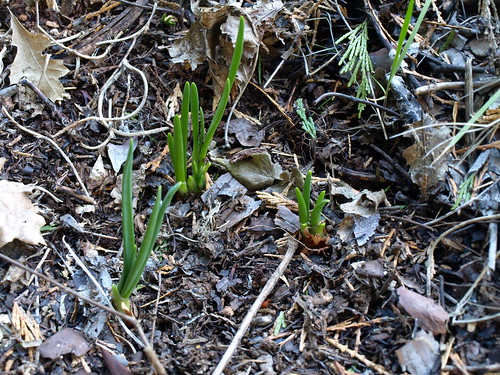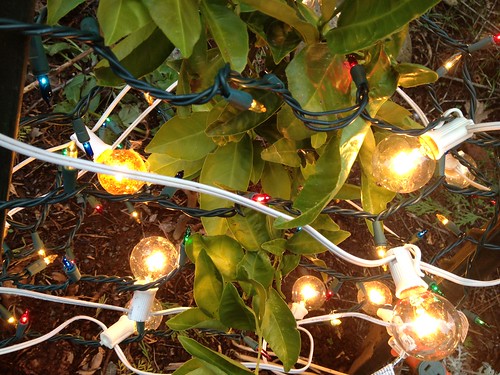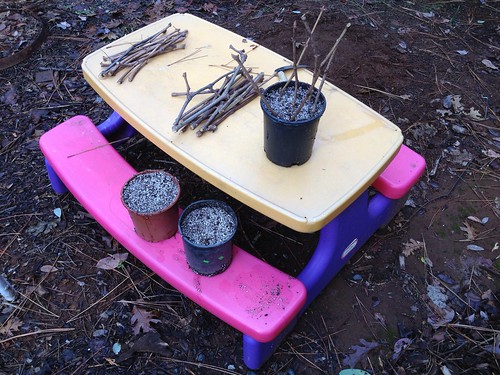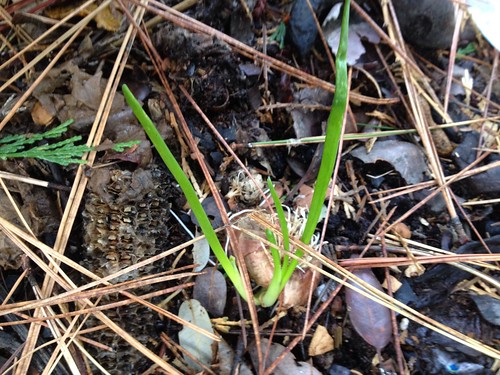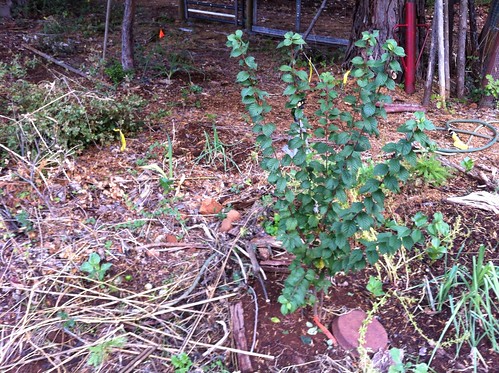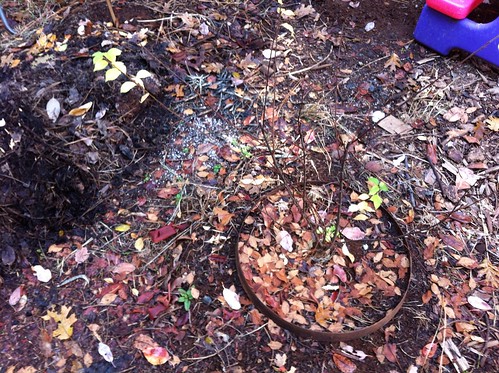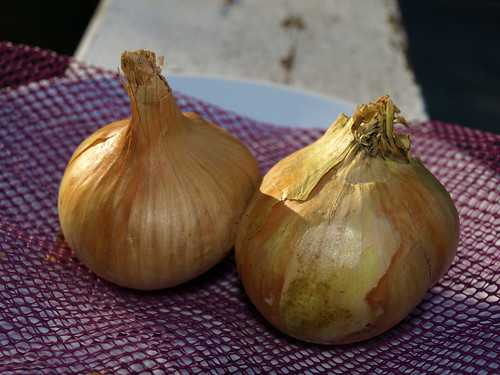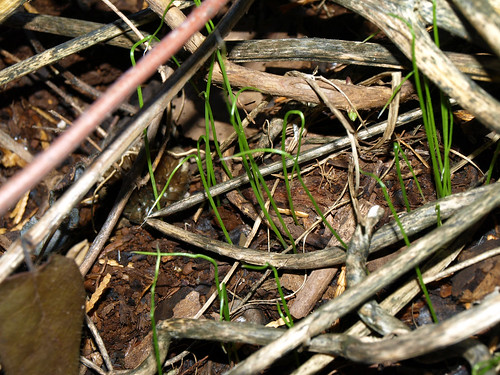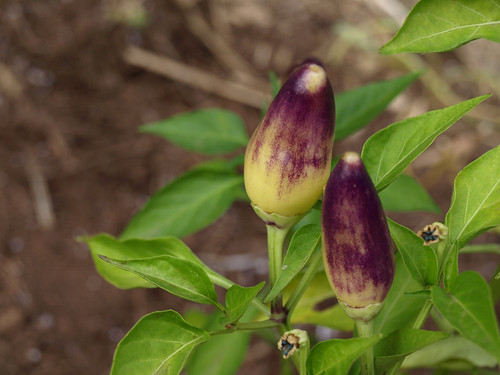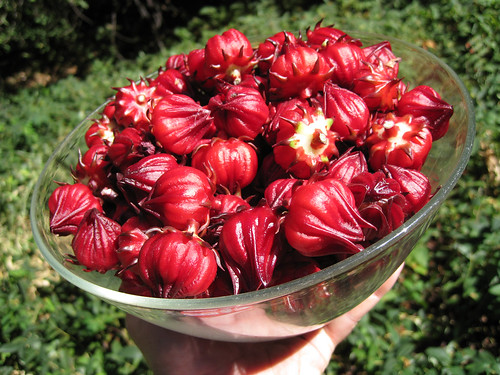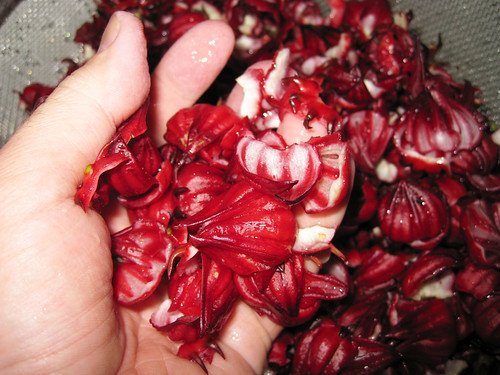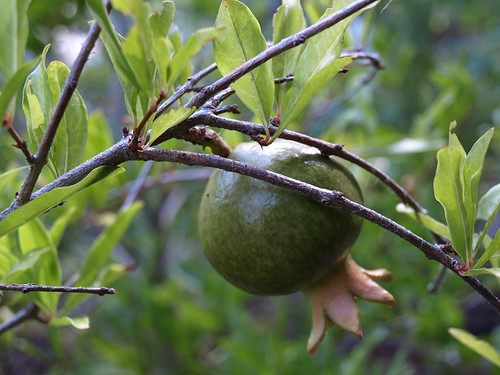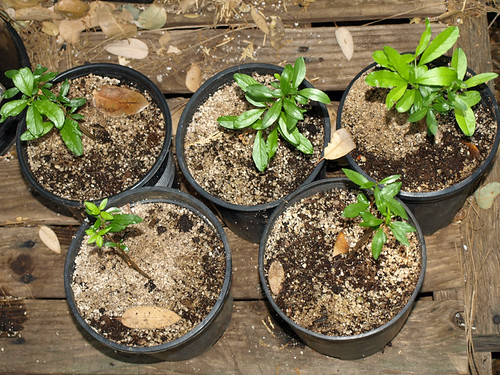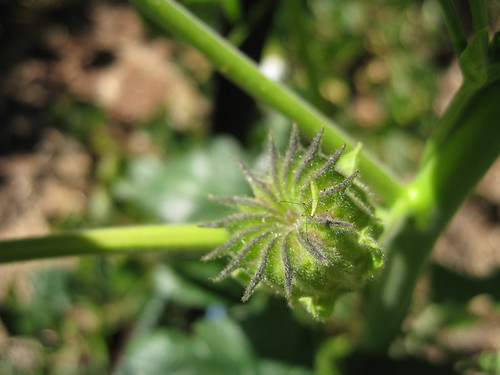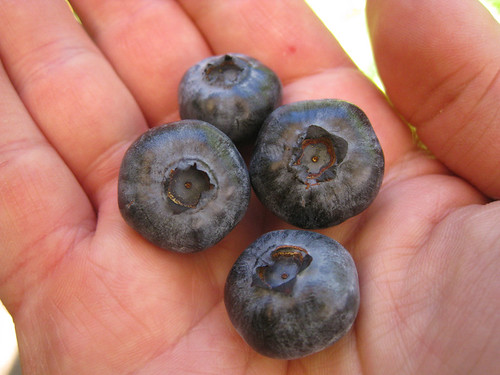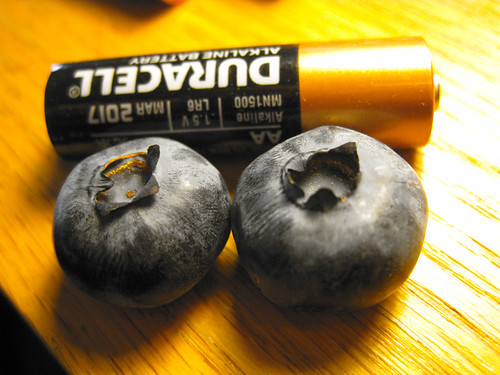It’s been quiet out in the garden and the food forest. In the words of Ben Lee, a lot goes on but nothing happens. This winter has been an unusual one, with weeks and weeks of clear, bitterly cold days and frost-filled nights, and most recently spring-like warmth, and still not much precipitation (though the Sierra snowpack is reportedly just fine, given early storms in November and December). Winter chores are the order of the day, and I’ve pruned and taken cuttings from the blueberry patch, weeded and cleaned up the asparagus patch, and done some propagation work, scattering rhubarb seeds and potting up cuttings I took from a wild grape in Folsom.
I also planted a Black Jack fig, and another pineapple guava (Acca sellowiana), and was happy to discover the multiplier onions I planted in late October popping up.
A week or two ago I planted an All-In-One almond in the food forest, to join the Chandler walnut I planted last spring, all in the service of a quest to grow protein. The walnut, incidentally, is not doing well, and the grafted branch is slowly dieing back, though it will hopefully stop at some point before the graft union, and push new growth in the coming spring. Cross your fingers.

